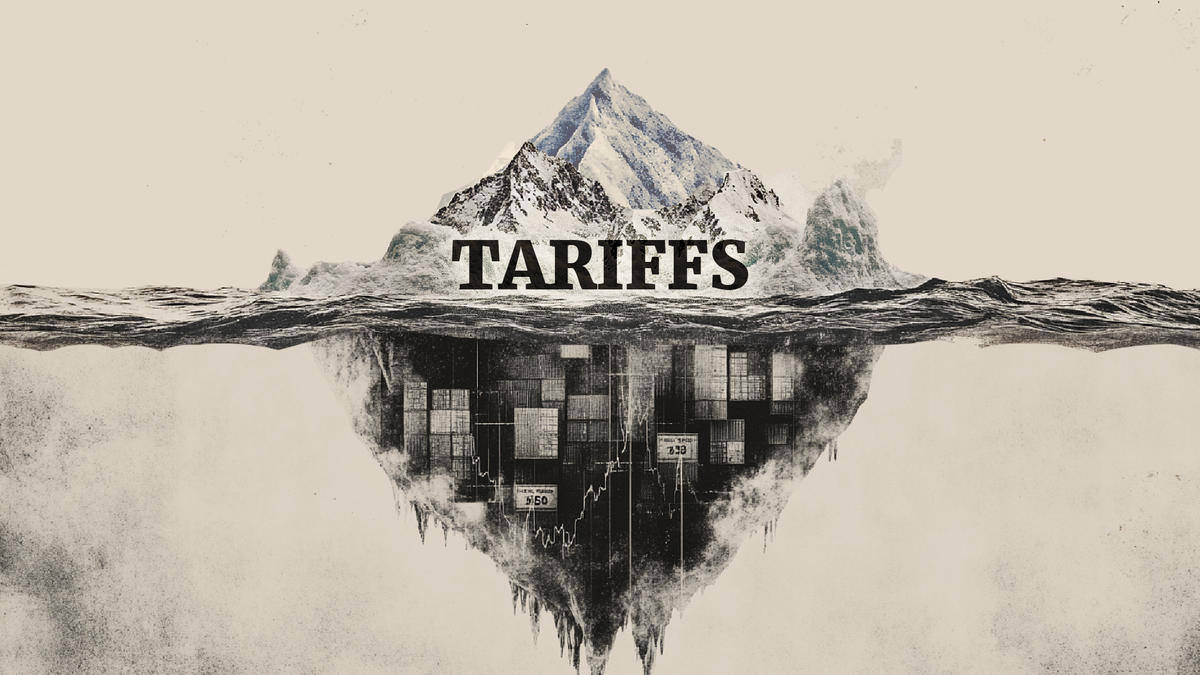Banff’s backdrop, global tensions: G-7 talks wrap with powder, platitudes, and silence on tariffs

Set against the postcard peaks of Banff, G-7 finance officials wrapped up their economic summit with the kind of statement that markets skim and algos ignore. The joint communiqué mentioned “trade” just once—offering a masterclass in obfuscation that would make a central banker blush. Not a single mention of tariffs, despite Trump’s globe-spanning levies hovering over the talks like a storm system trapped in the Rockies.
In private, there was no shortage of friction. Canada, slapped with 25% duties on steel, aluminum, and auto exports not aligned with the USMCA playbook, kept things polite but clearly tense. The EU, battling a similar 10-25% tariff regime, pushed behind closed doors for tougher language. Washington’s answer? A diplomatic shrug.
Treasury Secretary Scott Bessent floated a trial balloon—a “unified tariff policy” aimed at China—but even that stayed off the official agenda. Instead, leaders emerged with a statement long on intention and short on substance, pledging to “work together” for growth while avoiding even the faintest reference to the 800-pound tariff gorilla in the room.
Finance Minister François-Philippe Champagne of Canada put a poetic spin on the milquetoast text, claiming “the choice of words in a communiqué is an art.” If so, this one was minimalist modernism—more white space than message.
Meanwhile, Bessent used the summit to nudge European leaders behind the scenes on digital-services taxes, warning that future trade deals may be held hostage unless France, Italy, and the U.K. drop levies on U.S. tech giants. That pressure tactic might carry more weight now that the U.S. has privately agreed with China to trim baseline tariffs from 145% to 30%—a sign that even the toughest trade warriors know when to shift gears.
And yet, with all this maneuvering—tariffs here, backdoor negotiations there—the public takeaway was silence. Banff, with its serene slopes and diplomatic smiles, delivered the illusion of harmony. But for traders, the signal was clear: beneath the snowpack, global trade policy is still smoldering.
The summit ended not with fireworks, but with the soft crunch of fresh powder... and the unmistakable sound of crickets.
Author

Stephen Innes
SPI Asset Management
With more than 25 years of experience, Stephen has a deep-seated knowledge of G10 and Asian currency markets as well as precious metal and oil markets.

















